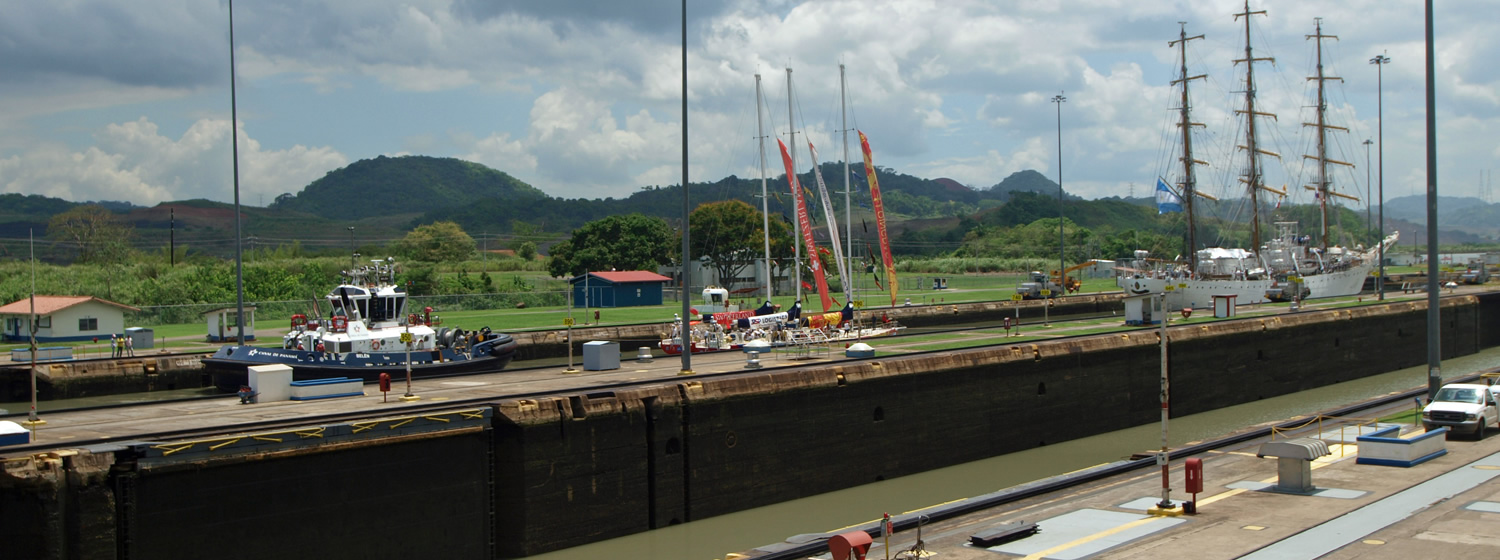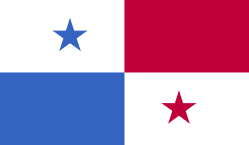The Clipper Race fleet will transit the Panama Canal which will be a highlight for the crew, especially the engineers among them.
The history of the Panama Canal goes back to almost the earliest explorers who saw its potential for international trade.
It took more than 400 years for the dream to be realised before it opened in 1914 after 23 years of work, but the feat of engineering is considered one of the largest and most successful projects ever undertaken in the world.
Names one of the world's seven modern wonders, it continues to be one of the busiest waters in the world, playing a vital role in world trade and transport linking the Atlantic to the Pacific Ocean.
At just under 76,000 square kilometres and with a population of just 3.3 million people, Panama is an important centre for international trade, a major shipping thoroughfare and a regional economic power.
Work to build the 51 mile-long canal was started in 1881 by the French, but due to engineering problems and the high mortality rate, work stopped. The Unites States quickly took over the project and a decade later in 1914 the canal was complete.
The canal allows ships of all sizes to avoid the lengthy, hazardous Cape Horn route around the southernmost tip of South America saving about 8000 miles.
The shorter, faster, safer route to the US West Coast and to nations in and along the Pacific Ocean allowed those places to become more integrated with the world economy.
As well as learning about the remarkable canal, crews will be able to enjoy the Central American country's natural assets - beaches, rainforests and remote villages as well as its buzzing cities.

